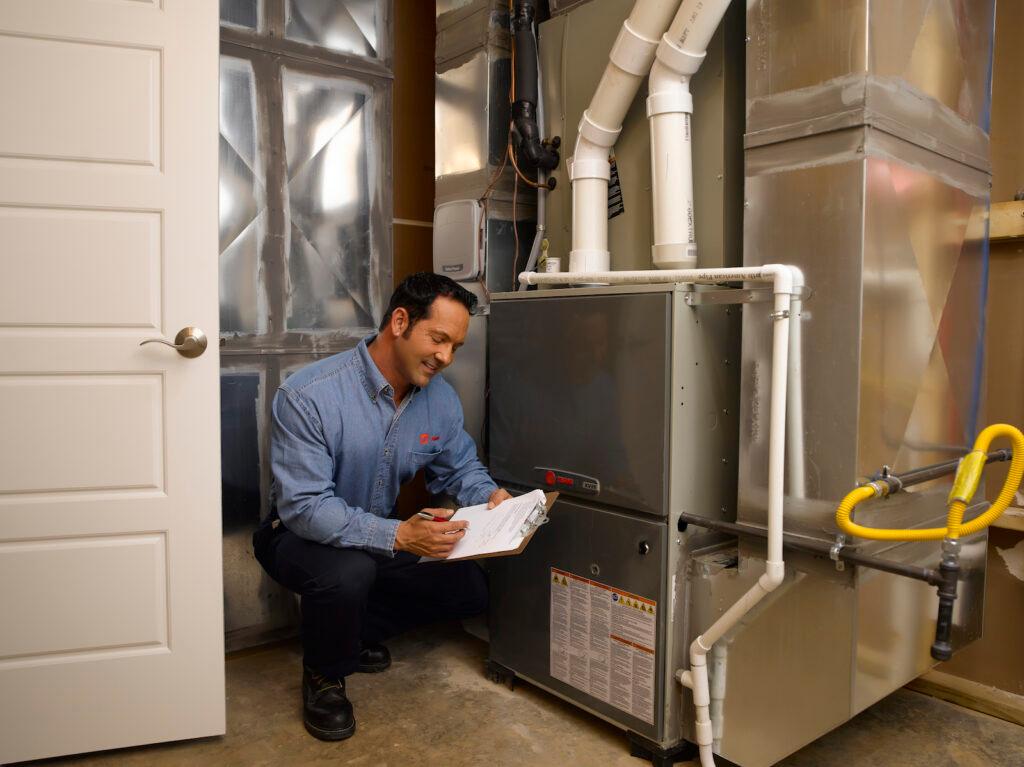HVAC Tips & Tricks2min read
5 Common Myths About Home Furnaces That Aren’t True
Don’t fuel the fire of bad information — save your home furnace and wallet by separating fact from fiction.

Don’t fuel the fire of bad information — save your home furnace and wallet by separating fact from fiction.

Getting Started Guide
Learn helpful HVAC tips and tricks before you purchase your system.
Warranty & Registration
A healthy HVAC system can last longer and save money. Maintain your system with these tips.
Dealers can answer questions, help you find the right products for your home, and repair your system.
Connect with our Customer Care team about your products, warranties, and dealer concerns.
Available Monday – Friday from 7am to 5pm CST
A phone